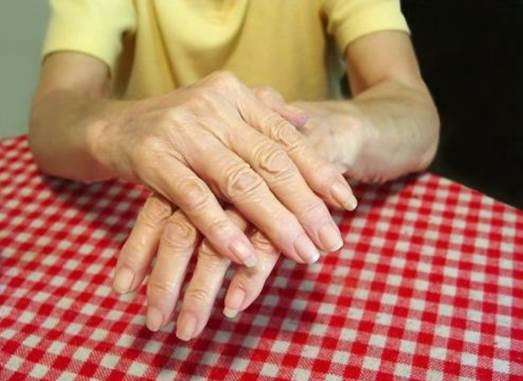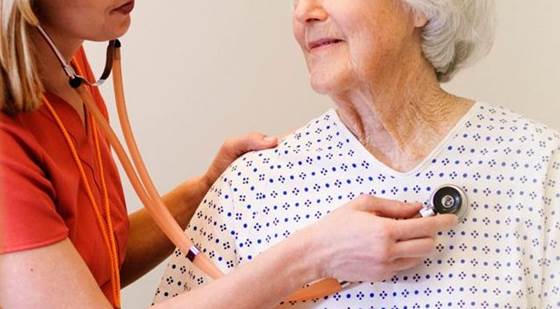Test 3
To check…your risk of osteoarthritis
Try... Holding your hand up in front of your face, with your
palm facing towards you and your fingers straight. Pay attention to the height
of various fingers.
Start worrying if
Your index finger (the one next to your thumb) is shorter
than your ring finger (the one next to your little finger).
Why it works
Because a UK study discovered that women with shorter index
fingers – a trait that’s quite common in men – have an increased risk of
osteoarthritis. The scientists aren’t sure why, but say it may have something
to do with hormone levels, which can influence both finger-length ratios and
the development of osteoarthritis.

Pay attention to
the height of various fingers.
Take action
Keep your weight in check and try to avoid joint injuries –
both risk factors for osteoarthritis. But that doesn’t mean saying no to
exercise: a 2012 study found that leading a sedentary life was just as damaging
for joints as high-impact sports like running. The key for people at risk of
osteoarthritis is picking lower-impact sports, like walking and swimming.
Test 4
To check…your risk of stroke
Try... Taking your heart rate again, but measure it while
you’re sitting down this time. Don’t worry too much about the beats per minute,
instead tap your foot along with the rhythm of your pulse.
Start worrying if
Your pulse falls out of rhythm with your foot tapping at any
stage.
Why it works
Because it might mean you’ve got an irregular heartbeat
which can be a symptom of atrial fibrillation (AF), the most common type of
heart irregularity. And that’s a major risk factor for stroke – people with AF
are five times more likely to have one.

Taking your heart
rate again, but measure it while you’re sitting down this time.
Take action
If you do notice your heart often beats to an uneven, rather
than a regular rhythm, see your GP. Two out of every 100 Australians have AF,
but risk increases with age (one in 10 people aged over 75 have it), and up to
30 per cent of cases are undiagnosed.